views
Cybersecurity teams have a difficult role to play in today's business landscape. While technological advancements have made operations more efficient and streamlined, they have also introduced new security vulnerabilities.
With the popularity of cloud computing, access management has become an even more important part of cybersecurity. But as time has gone on, the strategies and methods organizations use to address access management have undergone noticeable changes.
What Does Access Management Involve?
Access management plays a pivotal role in cybersecurity, using multiple important elements together to ensure a system stays protected.
Identification and Authentication
In the initial phase of access management protocols, users provide their unique credentials to the system. After this, they validate their identity using various authentication methods, including passwords, biometric data, or other forms of verification. This multi-layered process ensures permissions are given only to authorized individuals.
Access Controls
Access controls oversee and determine the extent of access a user or a group might have over specific data or systems. Access allocation might be role-specific, where predefined permissions correlate with their job requirements, or it could be flexible, relying on discretionary decisions made by a user or the system admin. The objective is to find the right balance, granting necessary permissions while preventing potential unauthorized access.
Single Sign-On (SSO)
Single Sign-On, often abbreviated as SSO, provides users with the convenience of signing in only once, after which they can transition between various systems they have predetermined access to without encountering multiple login requests. This not only simplifies the user experience but also addresses the concern of excessive password repetition which could inadvertently open up vulnerabilities in security.
An often-overlooked benefit of SSO is its ability to centralize the management of user credentials. This centralized approach offers administrators a clearer view and more transparency over user access across the entire system.
Audits and Compliance
Regular system checks help ensure strict adherence to access management guidelines while flagging any deviations that could signal security gaps. These regular check-ins are not only important for staying in line with company standards, but also for meeting external regulatory requirements.
How is Access Management Evolving?
With the rise of cloud computing, traditional access management systems are evolving in order to accommodate the needs of modern businesses.
Zero Trust Models
Numerous organizations are now adopting a Zero Trust business framework in response to growing cyber threats. Within this security model, no specific users are fully trusted, irrespective of their position within the company network. All incoming connections are meticulously validated and authorized before being granted access.
Zero Trust is reshaping how businesses view access management. Rather than depending solely on conventional defenses, companies are integrating micro-segmentation and other Defense in Depth strategies. Consequently, every user, device, and network connection is approached with caution, making for a more secure environment.
Data Privacy Regulations
Over the years, there has been a noticeable increase in the rigidness of regulations centered on data privacy. As these mandates get more recognition, the technology that powers access management is undergoing significant transformations to stay aligned.
This transition incorporates features such as deep analysis and tracking of all user interactions, comprehensive reporting, and technologically driven workflows that handle user permissions and escalations. These system improvements are especially useful in light of legislative frameworks like the GDPR, which set stringent user data handling and consent.
Privileged Access Management (PAM)
Privileged Access Management (PAM) solutions systems are becoming increasingly essential in protecting access to sensitive data during breaches. PAM solutions work by creating highly restrictive access environments for privileged users. This way, only a small number of users can gain access to the most sensitive areas of an organization's systems, mitigating damage from insider attacks and external breaches.
The Impact of Remote Working Arrangements on Cybersecurity
The post-pandemic increase in remote working arrangements has created a whole new set of cybersecurity dynamics. As teams become more disrupted across different locations and often use their own personal equipment to access company resources, organizations must rethink their security approaches.
Tackling the Security Challenges Faced by Remote Teams
A primary issue coming from distributed workforces is making sure that remote access to organizational resources remains secure.
Unlike traditional office setups, remote employees often rely on their own home networks to connect with their company's infrastructure. These home networks may not consistently adhere to strong security standards or best practices, especially when connections are established using personal devices.
The distributed nature of teams further complicates the situation by making it harder for the business to enforce the same security standards across all network endpoints.
Adapting Access Management Protocols
In light of the distinct challenges posed by the rise of remote work, it's important for businesses to review and update their access management strategies. The security hardening of authentication methods, especially the integration of Multi-Factor Authentication (MFA), is quickly becoming a prerequisite for businesses operating primarily on cloud networks.
Leveraging virtual private networks (VPNs) has proven to be valuable when bridging secure connections with businesses and their remote users. VPNs work by creating a secure tunnel between the user's device and the business's network, effectively shielding and decrypting data from potential cyber threats.
While Remote Desktop Protocol (RDP) can seem like it has its own built-in security measures, laying these solutions with other security measures is still best practice.
Prioritize Your Access Management Strategies
As remote work continues to be a norm, improving access management safeguards should remain a top priority. By keeping a constant tab on security trends and best practices, businesses can better adapt their strategies to keep pace with the ever-evolving cyber threat landscape and ensure their teams have the information and tools they need to keep the business safe.
Author bio:
Joseph Carson is a cybersecurity professional with more than 25 years’ experience in enterprise security and infrastructure. Currently, Carson is the Chief Security Scientist & Advisory CISO at Delinea. He is an active member of the cybersecurity community and a Certified Information Systems Security Professional (CISSP). Carson is also a cybersecurity adviser to several governments, critical infrastructure organizations, and financial and transportation industries, and speaks at conferences globally.














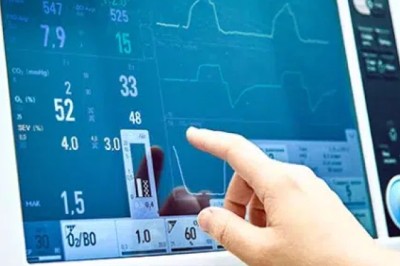
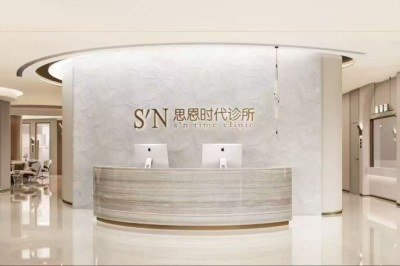

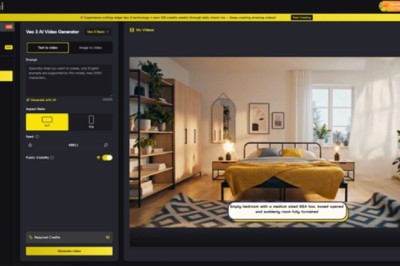


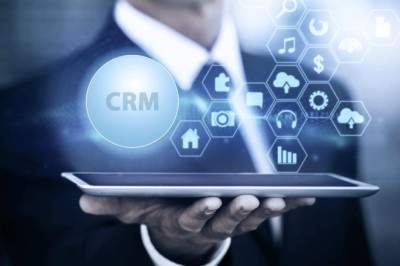

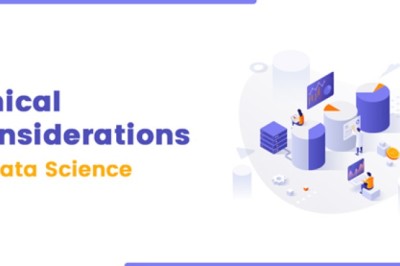
Comments
0 comment